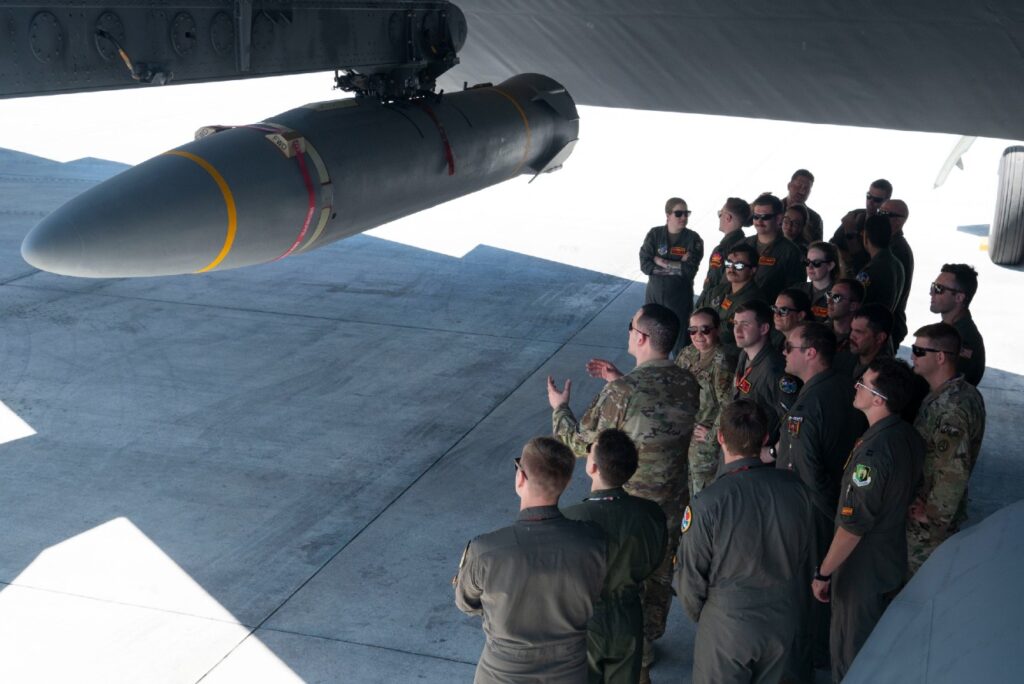The hypersonic arms race is in full swing: Countries around the world are investing staggering amounts of money into hypersonic weapons. And these are no longer limited to Russia , China , and the United States . The United Kingdom launched its own hypersonic initiative in 2023, while the Japanese defense ministry requested about 80 billion yen ($547 million) for the development and production of hypersonic weapons in fiscal year 2024.
As a consequence, it should come as no surprise that a growing number of analysts have pondered the ways in which hypersonic weapons might affect strategic stability and how potential risks of nuclear escalation could be mitigated through arms control . Exploring options for regulating hypersonic weapons is a laudable effort, but it runs the risk of finding a solution to the wrong problem. Limiting or even banning hypersonic weapons would merely constrain highly expensive niche capabilities that are unlikely to be used in large numbers , while leaving underlying and more serious escalation risks from the current U.

S. warfighting concept unaddressed. If the aim of arms control is to reduce the risk of nuclear escalation, then it would be more effective to devise warfighting concepts that support U.
S. strategic objectives at less risk and less cost, rather than constraining hypersonic weapons themselves. This could include concepts such as offshore control , defensive defense , or the “spider in the web approach,” which all forgo strikes on t.
















